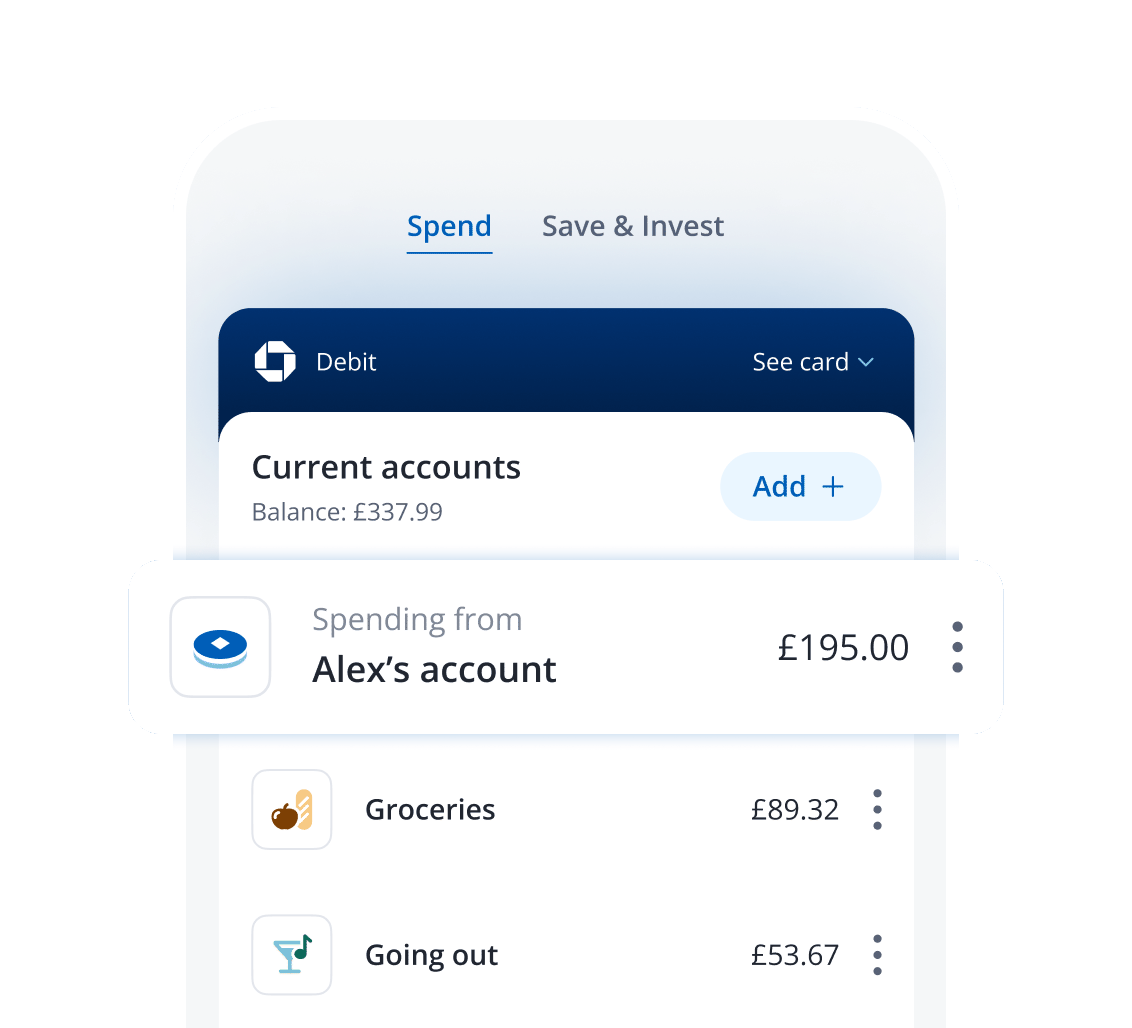life
How to achieve financial independence and retire early with FIRE
5 min | 02 April 2024




Though driven by necessity, the last couple of years have shown us there are always alternatives to ‘the way’ things are done (Zoom birthday party, anyone?). Since we’ve reframed socialising, living and working, perhaps it’s time we reimagine retirement. Enter: the FIRE movement.
Our new normal is still evolving, though FIRE – Financial Independence, Retire Early – has been smouldering quietly for several decades. It gained popularity amongst the personal finance community in 1992, with the bestseller Your Money or Your Life by Vicki Robin and Joe Dominguez.
What is the FIRE movement?
The aim of the FIRE movement is to create a large enough savings/investments pot so you can live comfortably on the interest/returns, without having an additional income. Everyone’s ‘FI number’, or amount of money in savings/investments, will be different, since it’s based on your annual expenditure – for bills, holidays and everything else.
How much do I need to reach Financial Independence (FI)?
Generally, your FI number will be about x25 your annual spend. Once you have that amount, you could withdraw 3–4% each year to live on, while the compound interest/investment growth earned from your pot of cash is meant to sustain you for the rest of your life.
So, if you spend about £40,000 a year, you'd need to have £1 million in savings/investments. At that point, you could quit your job, withdraw 3–4% of your savings each year and hopefully maintain a similar lifestyle to what you have now.
Caveat: this calculation doesn't take into account rising inflation. You need to be aware of the impact of inflation on your money too, as the higher it is, the less you'll have to spend in real terms – that £40,000 a year can't stretch as far in 2024 as it would have in 2021, because inflation is currently at 3.4% (vs 0.4% a few years ago).
Worth remembering
- If interest rates are low, the compound interest may not be enough to sustain you for the rest of your life
- The value of investments can fall as well as rise and so your fund may not provide enough to sustain you for the rest of your life
- If you find you do not have enough to sustain you for the rest of your life, you may only find this out when you are older and your options for generating more income are possibly more limited
How to reach FIRE without getting burned
Enjoying every day like it’s the weekend does sound great but getting to that stage is not without its challenges. Fortunately, there’s a sliding scale to how aggressive you want to be. These are the terms used in the financial independence vernacular:
- Fat FIRE practitioners aim to keep their current standard of living, but that means aggressive savings and investment strategies, and often extra income streams
- Lean FIRE is the opposite extreme, where people devote themselves to tremendously minimal lives – spending as little as £25k a year
- Barista FIRE is the happy medium, which maintains a decent quality of life, while being diligent about monitoring spending, and saving generously
Is it worth it?
The answer will be different for everyone, but FIRE does give people more options. The traditional model says we get a job after graduating and work steadily for the next 45 years or so. From that point, it’s holidays and walks and daytime naps: the dream. FIRE mixes things up. Instead, for 10 years, you could work intensely – picking up side hustles and opening new businesses, making higher-risk investments and limiting socialising. By then, maybe you’ll have saved enough to retire then and there, which leaves even more time for those daytime naps we spoke about.
Is early retirement really the goal?
It’s important to note that many people seeking FIRE focus more on the first part – Financial Independence. This is where you’re free to make genuine choices, without being constrained by your bills and debts. Interestingly, some people who have reached financial independence continue to work – whether it's part time, their existing role or their ‘dream job’ – which may not be a big earner. For them, the freedom to quit at any time, coupled with the chance to stay productive in a comfortable role, is enough for a happy life. True retirement isn’t the incentive.
So, what will it be?
Would you rather enjoy the small luxuries of life for the next 30 years and retire along with your peers? Or deny yourself for perhaps 10 years, so you could live your dream life sooner? This question is yours to decide, but if you’re on the fence, consider what you may lose or gain. For example, to save on rent, you could move in with your parents – if they're your best friends, this may not be a problem at all. But if you have a short burnout fuse, then the side-hustling element of things might be unsustainable for you.
No matter what your circumstances are, life is for living. Though the FIRE movement focuses on creating a high-quality life, the steps to get there may be too steep for some. Whether you attempt Lean, Barista or Fat FIRE, or opt for the traditional method, it’s important to pepper in moments of meaning and joy along the way. No need to wait until retirement, whenever that may be.
Recommended reading
- What could you do with an extra £500 a month?
- Setting realistic goals in your 20s and 30s
- Financial influencers and 'get rich quick' schemes
Disclaimer: This article is for information only and does not constitute financial advice. As with all investing, your capital is at risk. The value of your investments and any income from them can go down as well as up and you may get back less than you invest.


















